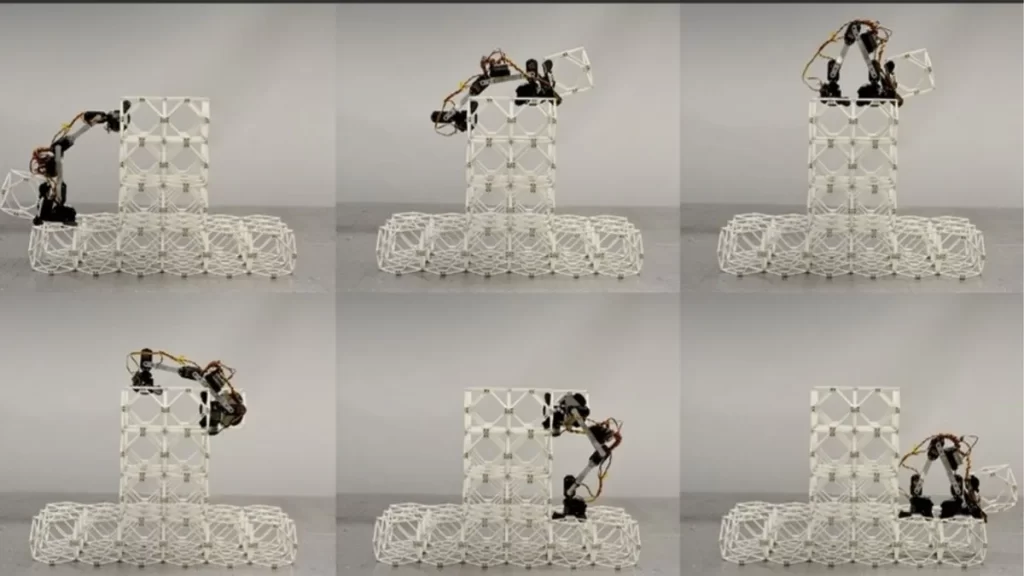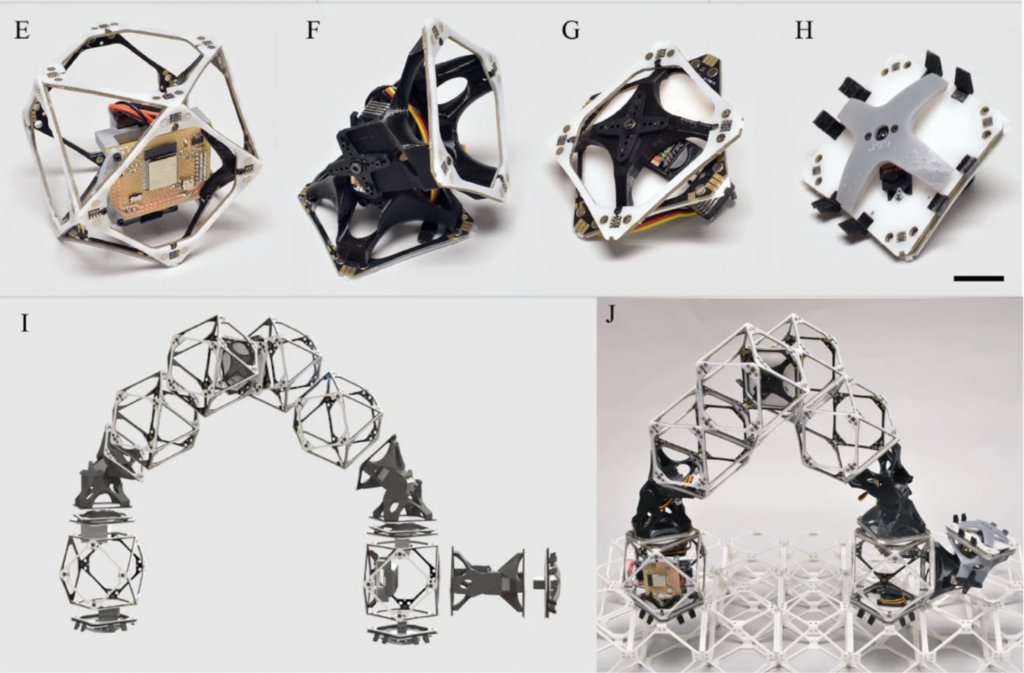Massachusetts Institute of Technology (MIT) researchers are building swarms of tiny robots that have built-in intelligence, allowing them to build structures, vehicles, or even larger versions of themselves.
The subunit of the robot, which is being developed at MIT’s Center for Bits and Atoms, is called a voxel and is capable of carrying power and data. “When we’re building these structures, you have to build in intelligence,” MIT Professor and CBA Director Neil Gershenfeld said in a statement. “What emerged was the idea of structural electronicst of making voxels that transmit power and data as well as force.”
The scientists demonstrated that the assembler bots and the components they build can be made of the same materials, making it possible for the robots to work “independently” and rapidly assemble things at scale.

They can transport data and power from one unit to another. Like earlier experiments, the team’s approach uses voxels (the volumetric equivalent of a 2-D pixel), which are a collection of tiny, identical subunits that create big, useable structures. However, in this case, the voxels employed are more complex than earlier ones in that each of them can transport data and power from one unit to another. Previously, voxels were only mechanical structural components.

“When we’re building these structures, you have to build in intelligence,” Gershenfeld said in an MIT article. Additionally, older versions involved bots that were connected through wire bundles and control systems. The new system is more efficient, as voxels ensure there is a single structureshno bundle of wires or power sources. The voxels join end-to-end to form the robots, and they can use their attachment points to grab another voxel and move it into its desired position. When the voxel is attached to the structure, it is released in that position.


